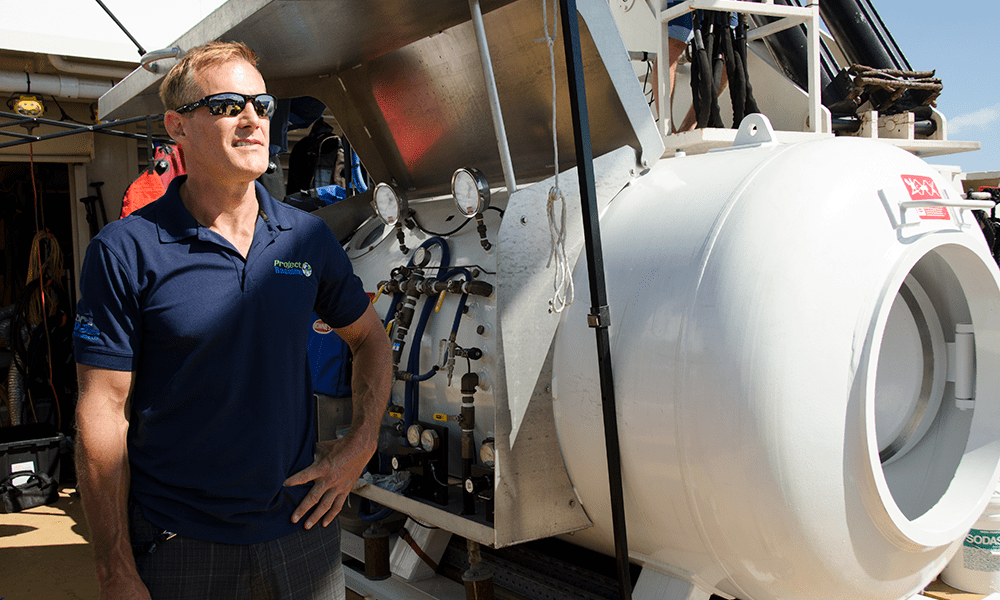This is all true, yet for decades we've *implemented* all kinds of bogus ideas, everything from milk truck pulling up to their oxygen windows, isobaric counter diffusion, and assumptions about bubble growth via deep stops. Some of these ideas persist today despite years of refutations.
You are right. It is an unfortunate part of the scientific process that hypotheses are sometimes accepted as fact, errors are made, and erroneous conclusions are drawn from data. In time, those get corrected, but, yes, those corrections take a while. With diving, I think it takes longer to get corrected for one simple reason:
there is no clear and accepted source for information.
Take for example the issue of bubble growth and deep stops.
If you follow the research, you know that for a while, the idea that deep stops helped control bubble growth was very popular, but that idea is no longer supported by the leaders of dive research. Here's the problem--
how do you follow the research? How are people supposed to know this?
Several years ago I did a Google search on the topic of deep stops, and I found that in the first 10 pages of results (100 articles), there were only 2-3 articles that reflected current thinking. Some of those articles even had headlines stating they were the latest thinking, even though nothing in the articles was from the previous 15 years. That is why I got help from Dr. Simon MItchell and published the latest thinking on deep stops in decompression diving. Do a Google search today, though, and you will find roughly the same thing I did years ago--article after article extolling deep stops as the latest and greatest thing, with my article probably not even showing up.
The issue of deep stops is different in NDL diving, and there you have a different issue. There is really no good research on the topic. The only studies are flawed and not highly regarded. DAN Americas has an article saying not to do them, but it is a very old article. DAN Europe says to do them, citing the two flawed studies.
So, where do people go to find accurate information on these issues?





